Every photographer has their strengths and weaknesses and each photographer should know to evolve and grow as an artist. It is our job to constantly crush those weaknesses and turn them into strengths, and make our strengths even stronger. I was recently asked this question: What is your strengths and weaknesses? Without delving into the realms of my twisted psyche my most horrible weakness is conceptualization. I see the work of someone like Ruven Afanador (http://www.art-dept.com/artists/afanador/). I would view his work and go “my God, how does he think of these things?” But of course, as you delve deeper into the actual concepts, there are budgets involved, art directors, creative directors and such, but I, too can try to attempt small scale concepts and create magic like the likes of Maya Guez (http://www.mayaguezart.com/) and someone like Luqman (http://luqmanfotography.com/). My strengths? I can only call on two. My lighting and my ability to connect with a model, hence the reason for this blog.
As a photographer, I am always getting bombarded with the statements of how amazing my work is, how awesome the subject is, etc. And one night it dawned on me. My photography, though nice, really isn’t amazing. It is no better or worse than my equivalent peers. What the viewer is really seeing is the connection I make with the model and the energy in which we create the image.
Most times when I am shooting a new face, they don’t have much experience in front of the lens. Agencies like to send me these new faces because I take the time that is needed to teach them some of the fundamentals of modeling. It can be a long and laborious process, but in the end, the model, the agency and I are quite pleased with the finished product. Over time it has developed into something known as Model Bootcamp. Ask any of the models that I have put through this (both neophytes and veterans alike), and they will tell you, it can be tough.
What is Model Bootcamp? Well usually before I shoot a model, if time permits, I actually study their previous photoshoots. If I am actually lucky, I get to study candid images of them (be it Myspace photos, party images, Facebook images, etc.), because I personally find when a model is in front of the lens, they tend to have a guard up and I cannot get a chance to see the “real” person. I am seeing a photographer’s rendition of them, so in essence, I am see what the photographer sees. This has its good points and bad points for me. We (meaning photographers) are magicians of illusion. We allow you to see what we want you to see. A model may be a little thick around the middle, a slight twist of the hip away from the camera may alleviate that. If a model is shorter than industry standard, it is our job to get lower than the model and shoot upward to make them appear taller, etc. However, I study these images to look for their physical weaknesses and strengths. Most often they are quite apparent, however, when they are not, it is my job to spot them out and to minimize them when I decide to shoot them.
If anyone knows me professionally, they know that I liken a photoshoot to a session of lovemaking. It is my job to make the model feel sexy, desirable, angry, whatever. It is the model’s job to convey that particular emotion back to me and it is my job to record it. The better the lovemaking, the better the babies (photographs) are going to be. That has always been my job and it hasn’t changed, however, it has evolved as I evolved as a photographer.
So now that I’ve had a chance to study a model, I figure out their angles and how best it will suit my needs in order to shoot them with regards to lighting, feel, etc., but then I also start looking at how they pose. Does it look forced, are their hands placed correctly, are their arm placements natural looking, is the feet well placed in the shot? If I start noticing common things in the photographs (even if shot by different photographers) it is now MY job to find out why. Has the photographer not pushed them enough, is there something going on that the model/photographer are trying to hide, etc. And lastly, I look at emotion and connection with the viewer. This herein lies the crux of the issues with most models.
When I first started shooting (like most of us), we were always looking for beautiful people. It made our job a lot easier, but as I evolved and my photographic eye evolved, I began to notice a trend of what I liked and what I didn’t like. And I noticed that the better models were producing something far more “magical” than the standard models. It was a connection with the photographer and with the connection with the photographer, you make a connection with the viewing audience. By doing that you create “life” in the eyes of the model. Emotion across the face and a connection that is indisputable and that is what I’ve began to develop in what is known as Model Boot Camp. I want to connect with the model. If I want the model to be sexy, it’s a lot more than just “looking” sexy for the camera. It’s about “feeling” sexy, so when the viewer views the image, I want to hear “God, that model is soooooooo sexy!” And sexy is a broad adjective and it means different things to different people and in each session it is my job to find out what that particular model’s sexy is, and teach them out to bring it out.
But it starts even before that. I would sit a model down and ask them what to they think their physical weaknesses are. It may be a weak chin, it may be a large nose, it may be eyes too close together. You would be surprised what kind of answers I may get from a model, because sometimes they just don’t know. They would tell me things that they may not like about themselves, but that is a whole different ballgame than saying what is your weakness as it pertains to the photographer. So we discuss these things and I take a series of photographs so they can personally see what I may see (yes, I allow the model to view the shoot as we go along, how else are they to learn?). A simple ½ inch turn of the head can make a weak chin look strong. Eyes that are too close together can come across slightly cross eyed, so changing the angle of the head ever so slightly will correct that. It is the little nuances in angles that can make a mediocre picture into a great picture. We find out what their best angles are, their good side versus their bad side, etc.. Once they get a clear understanding, you can see their modeling start taking on a particular shape and understanding that now they are not just standing in front the camera, they are actually modeling. Then from there we go into connecting with me as the photographer and viewer of the image. At this point is a psychological dance of the minds. I literally have to get into their business (and WOW some of the things I’ve learned). I need to know what it is that makes them feel particular ways about themselves and whatever that feeling is, they must learn to evoke it at the drop of a hat to produce the image. Most times I get it, and if not, we work at it until they’ve achieved it. The magical thing about it is this. Once they start viewing the images, it gets to a point that they tell me if the “it” factor is there or not. And it is how a model learns to grow.
Once I have achieved that special connection, we can then move on to the body. Most models I shoot are already in peak physical condition, but it is still my job to teach them how the equates to a photograph. A well built body can look blocky and square at the wrong angle, a woman’s waist can look thicker and thighs can look wider if they are presented to the camera wrong. So it is my job in Model Bootcamp to explain these things and how they relate to the camera. This is an ever evolving process. We discuss hand placement, arm placement, foot placement. And it is to get it to the point that it is natural. I strip away at the “model” façade and I force the model to become real and vulnerable with me, because when they do, I can guarantee you an amazing photograph. Most models have no idea what they are about to present to me, however, when we are done, it is not I that are picking out the final proofs it is them.
Is it a lot of work? Hell yeah, but it is also very rewarding. I love to hear an agent say to me “what in the world did you do to get this? These images are amazing! There is life in their eyes!”
It’s all about the connection. It’s all about the emotion. It’s all about the love.
It’s all about the Bootcamp.
Before Bootcamp
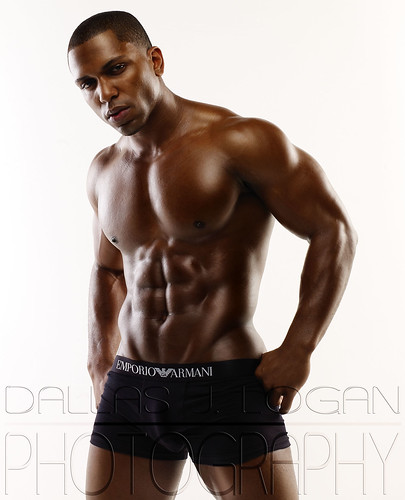
Model: Yusuf Myers
After Bootcamp
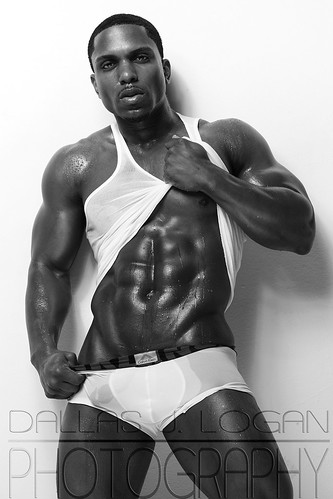
Before Bootcamp
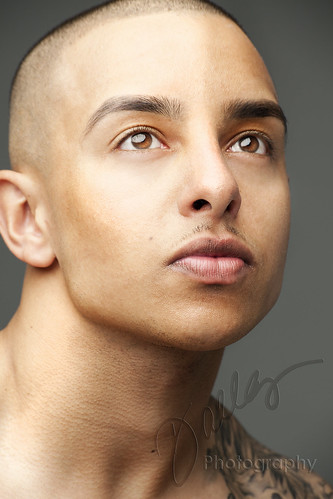
Model: Anthony Lorenzo
After Bootcamp
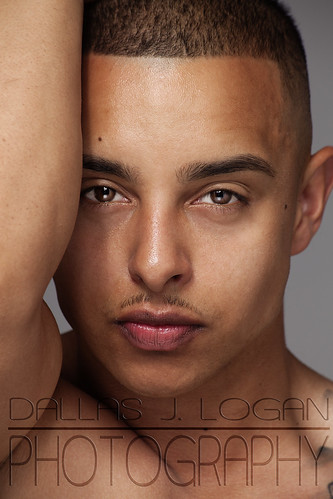
Before Bootcamp
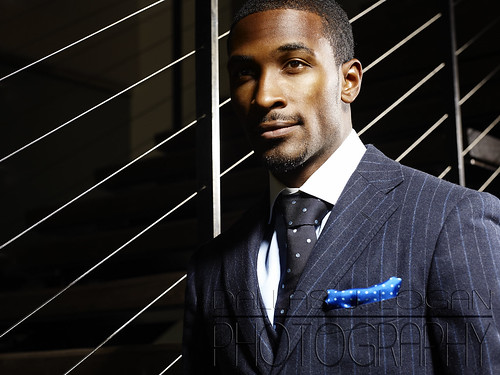
Model: B.J. Williams
After Bootcamp
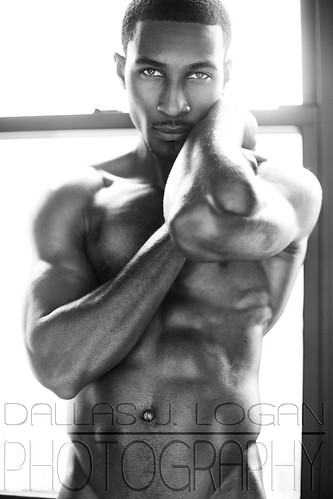
Before Bootcamp
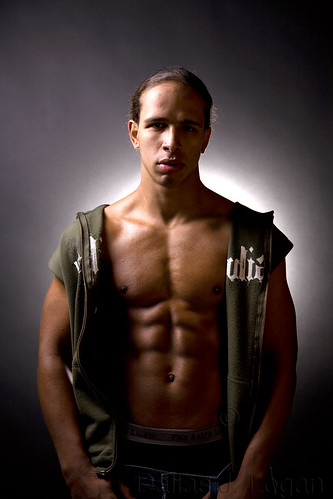
Model: Goldin Martinez
After Bootcamp
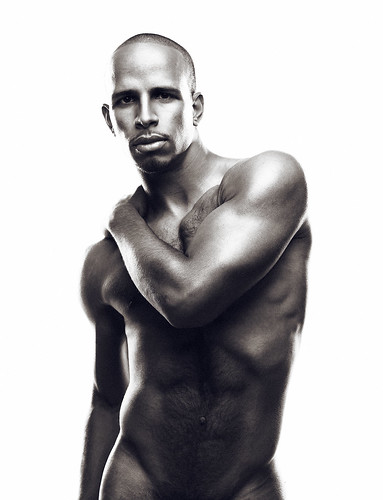
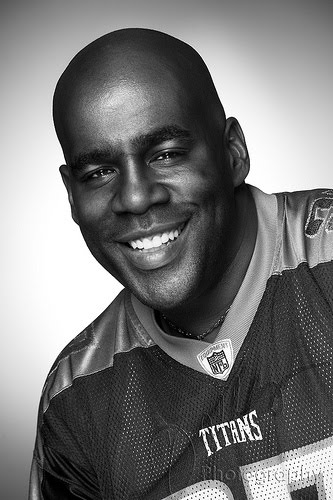
Many young models never learn the importance of the relationship between photographer and the model can create magic. Like any other business relationship it may take two or three tries for a photographer to see you as a person and a saleable image, and it also takes several visits before a model learns to completely relax with a specific lensman. Young models are often insecure about their looks and their ability in front of the camera and they jump from photographer to photgrapher looking to find that special picture, but they rarely understand that there is also quality in photography that can only be mastered after forging a comfortable relationship with the person behing the lens. A good, striking portfolio takes several years to develop and many model wannabees actually second guess themselves and poop out before they get results. When you find a photographer that can teach you how to work in front of a camera the information and the experience is priceless. However, in these digital times, there are only a few today that really know what to share with a model because they dont fully understand the process of lighting, composition and retouching. During the entire course of a model's career there will only be two or three people that will truly capture the spirit and essence of a model, and one will stand out above the others. That is a relationship to be encourages and fostered. Photographers can love models simply because of their extreme beauty and then there are other models that will bring fluid movement and personality to share. Whatever the case, the feelings behind the education and the relationship between the two will also be captured during the shoot. The two of you create a team spirit that encourages growth and even highr expectations. When you find a photographer that shoots you well and knows and understands your "process", than it is best to stay connected.
ReplyDeleteAwesome read!
ReplyDeleteHey Dallas thank you once again for this write-up and prior ones. I have been learning a lot and grateful for taking out of your busy time to share knowledge to models like me. God bless you. You will reach your goal very very soon
ReplyDeleteBruce I agree with your write up. It is definitely true. Thank you guys for the knowledge.
Have a blessed week
Dallas you are an inspiration. Amazing essay, and killer before and after work. I think it is the best example I have seen of the transformation that can happen when there is a connection between the model and photographer.
ReplyDeleteCheers,
Felix and Felino Studio
Brilliant blog. Valueable insight(s).
ReplyDeleteREALNESS 101 APPROVED!!! Great read, Dallas. Very informative.
ReplyDeletesoooo True. I feel what you say.
ReplyDeleteI try to ensure that every model i work with learns form the experience of working with me as well.
and hope that in moving on that they move on to bigger and better things.
In short that they can outgrow me. Because it is in their growth that i grow in my craft as well.
RC..
I cannot speak for other young models but I know I myself have faced some of the issues mentioned above. I haven't really connected much with a photographer so it makes it a bit hard feeling totally comfortable and "sexy" in front of the camera. But I believe that practice is the only thing that can perfect me. I have to learn from the best, know my weakness as I move along and like you said turn them into my strong features then my strong ones even stronger. I am developing and will always be willing and ready to learn so I too can become a better model. Master my emotions, body, movement and it all. Thanks a lot Dallas
ReplyDelete